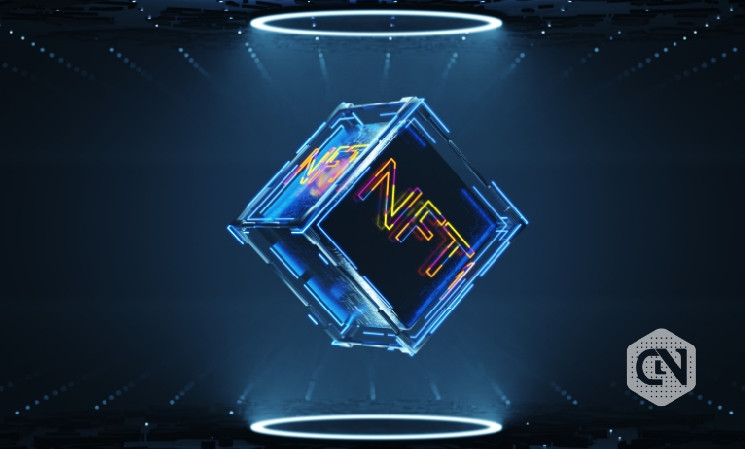Blockchain technology forms the basis for non-fungible tokens (NFTs) and protects against counterfeiting or manipulation through encryption protocols. Blockchain ensures transparency, authenticity, immutability and more by recording transactions and ownership changes on the network and assigning unique identifiers or tokens to each NFT. Furthermore, the decentralized and autonomous nature of blockchain has reduced the potential risk of manipulation and fraud in the NFT market, further increasing transparency and trust.
In this article, we will redefine the strengths of blockchain and how Blockchain technology is strengthening the NFT domain.
The basics of NFTs
NFT, short for non-fungible tokens, refers to digital tokens that cannot be replaced. That’s why they are unique. Cryptocurrencies and other physical forms of money, on the other hand, are fungible. This means that the currency can be used to exchange or trade for another currency. NFTs contain a virtual signature that makes each token unique. They are essentially digital assets ranging from photos, audio files, videos and other digital formats. NFTs can include comic books, artwork, trading cards, sports collectibles, games and more.
You need to understand how they work on blockchain networks to understand how cryptographic assets work. NFTs are cryptographic assets whose transactions are recorded on the distributed public ledger. Each NFT has a unique identifier that distinguishes it from other tokens. This information makes transferring NFTs between owners and verifying their ownership easier. Each NFT has a value that the digital market determines based on supply and demand. They are bought and sold the way digital or physical assets are traded. They represent real-world items, including real estate and works of art, and make the tokenization of these tangible assets more secure and efficient, reducing the possibilities of fraud.
The Role of Blockchain Technology in NFTs
- Transparency and authenticity
Blockchain technology ensures the transparency, provenance and authenticity of NFTs by recording transactions and ownership changes on the blockchain network and assigning unique identifiers or tokens to each NFT. By utilizing the distributed ledger and decentralized nature of blockchain, these non-fungible tokens can be traced back to their original creators. This ensures transparency and authenticity.
The underlying technology of non-fungible tokens is blockchain, which maintains an immutable transaction ledger. Every NFT transfer, change of ownership or creation is digitally recorded as blocks on the chain. These transactions are immutable because they cannot be changed after registration. This ensures a tamper-proof and permanent record of ownership history.
Within the blockchain In the world, another technology that governs NFT transactions is known as smart contracts. They are self-executing contracts with predetermined conditions. Smart contracts can automatically execute the terms of the agreement when the predetermined conditions are met. This ensures that all NFT transfer or sale conditions are met without third-party intervention.
Non-fungible tokens have entered the realm of entertainment and art, transforming the way users appreciate, consume and create digital content. NFTs are not just about buying or selling tokens, but about empowering creators, revolutionizing the relationship between them and their audiences, and reshaping value perceptions in the digital sphere. Through democratization, creativity, revenue streams, ownership, authentication, and enhanced engagement, NFTs have gone beyond art to reshape several industries.
- Collectibles and memorabilia
Blockchain has opened the doors to new possibilities for collectibles and memorabilia, giving users greater accessibility, auditability and security. As the blockchain industry continues to develop, so does the need for professional developers. By creating collectibles and memorabilia, creators can symbolize their work and provide compelling solutions for the virtual world. There are many too best crypto sportsbooks That are offering NFTs to reinvigorate the world of virtual collectibles and allow fans to own unique items such as trading cards, clips from sporting events or even virtual sneakers.
Conclusion
In conclusion, when exploring emerging blockchain technologies for NFTs, it is essential to consider the efficiency and scalability that blockchain platforms bring to the digital world and define their contribution to NFTs. Blockchain has enabled seamless integration of NFTs, allowing users to lend, trade, and collateralize NFTs for financial gain. The adoption of blockchain, cryptocurrencies, smart contracts and NFTs has increased, leading to greater integration of NFTs at an exponential pace, reshaping the future of the digital industry. In addition to this cutting-edge technology, NFT’s commitment to developing decentralized platforms via blockchain is undeniable.

